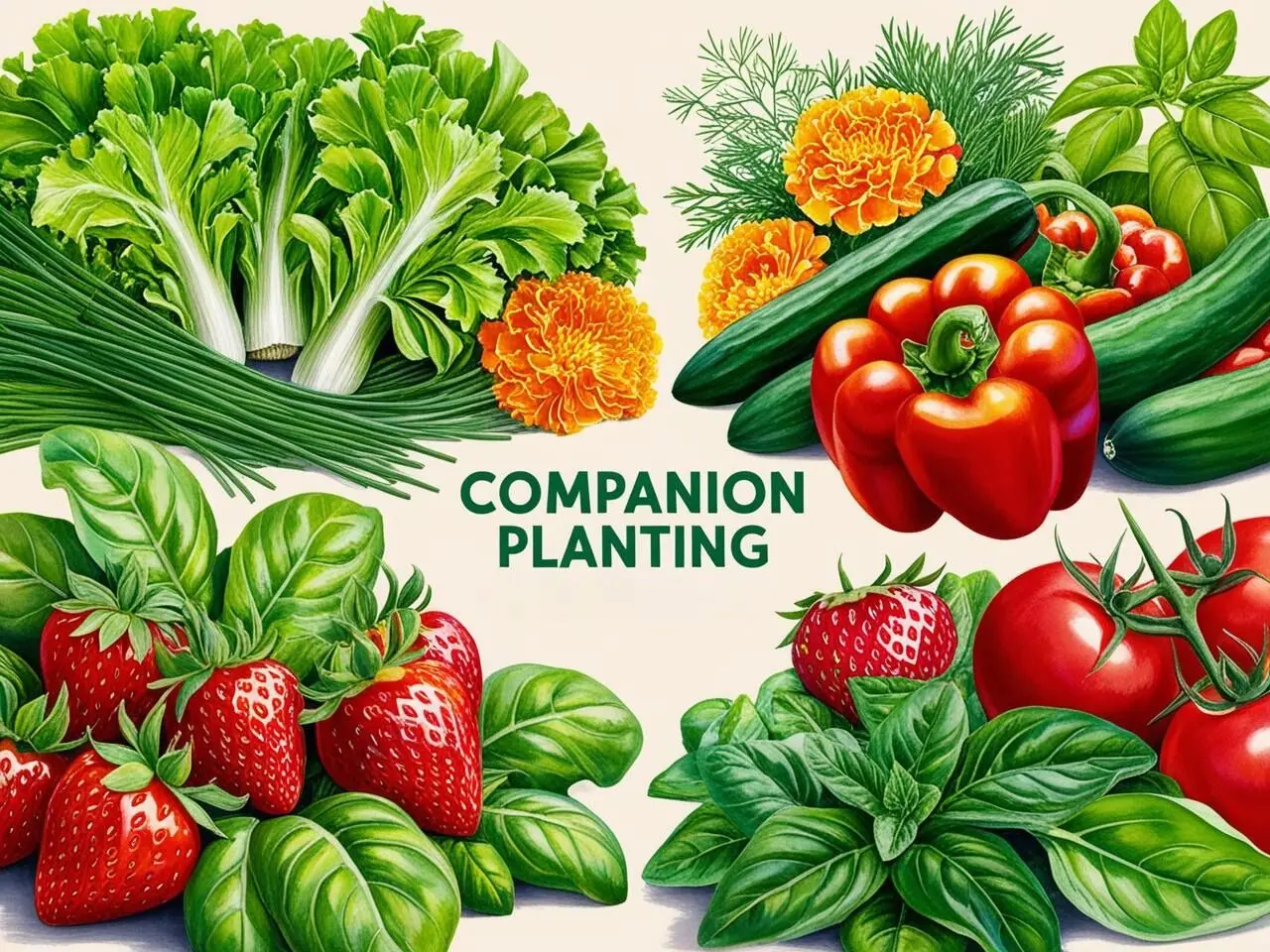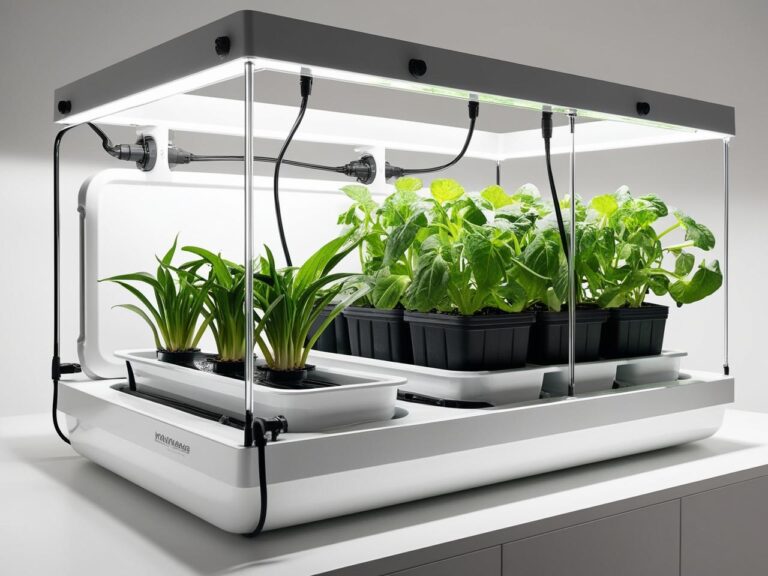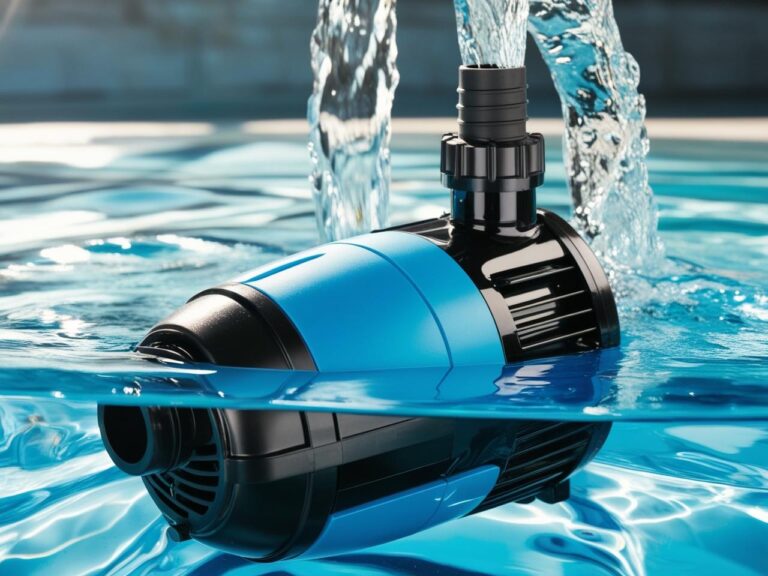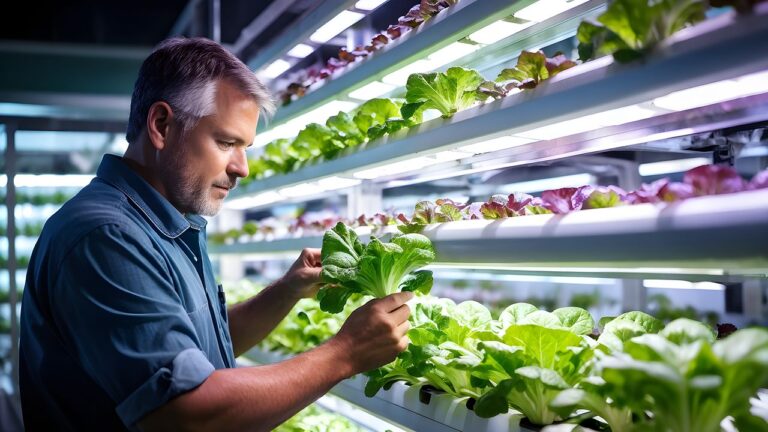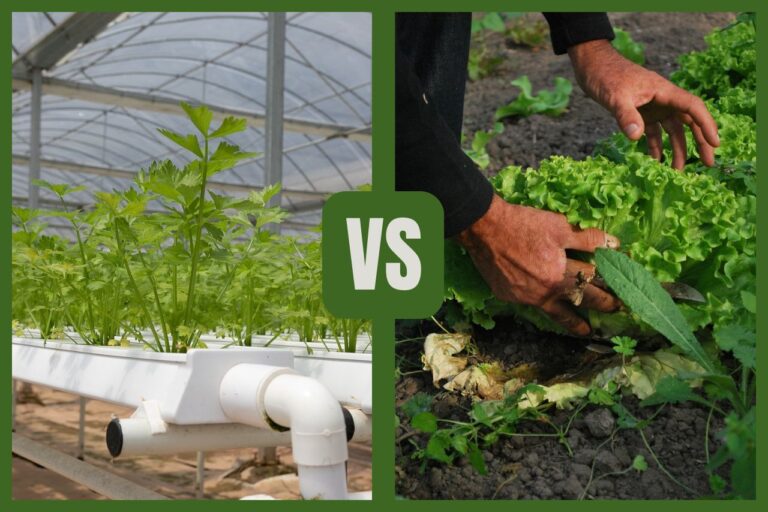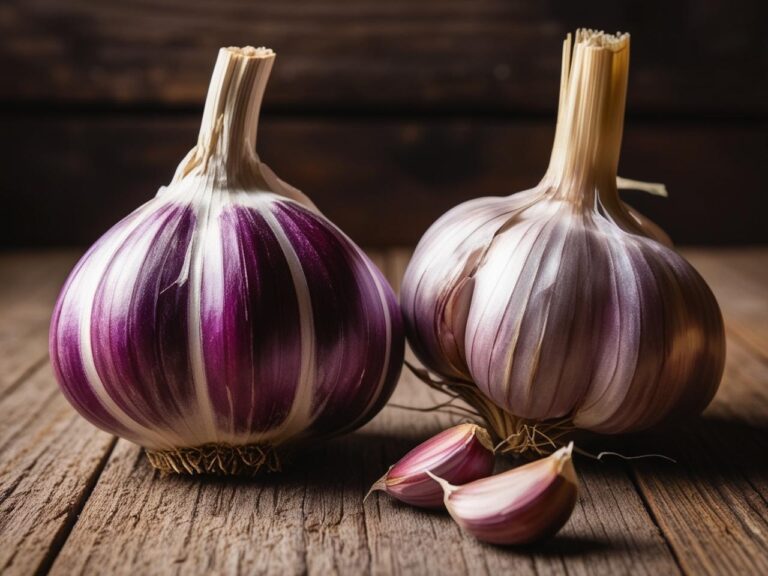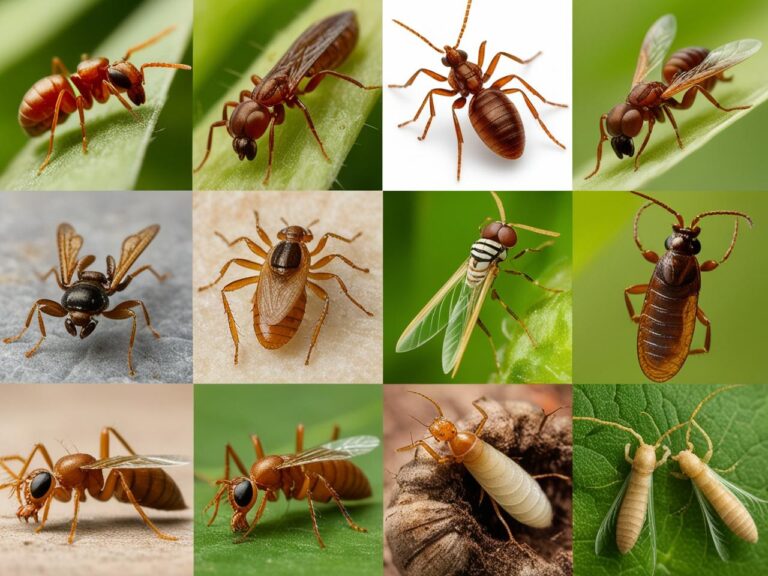The Best Companion Plants for Hydroponic Gardens
Companion planting is a time-tested gardening method that pairs certain plants together to boost growth, deter pests, and improve yields. While it’s more commonly associated with traditional soil gardening, companion planting can also be applied to hydroponics. In this article, we’ll explore the best companion plants to optimize your hydroponic garden’s health and productivity.
1. What Is Companion Planting in Hydroponics?
Companion planting in hydroponics involves pairing plants that benefit each other’s growth or offer protective advantages. For instance, some plants emit natural chemicals that repel pests, while others improve nutrient uptake for their neighbors.
Benefits of Companion Planting in Hydroponics
- Pest management: Reduce reliance on chemical pest control.
- Efficient nutrient use: Certain plants enhance nutrient availability.
- Improved yields: Better growth due to complementary relationships.
2. Top Companion Plants for Hydroponics
A. Basil and Tomatoes
- Why they work: Basil enhances the flavor of hydroponically grown tomatoes and repels pests like aphids.
- Hydroponic setup: Pair these in a Nutrient Film Technique (NFT) system for optimal growth.
B. Lettuce and Chives
- Why they work: Lettuce benefits from the natural pest-repelling properties of chives, keeping your hydroponic setup bug-free.
- Hydroponic setup: Great for vertical or Kratky systems.
C. Strawberries and Spinach
- Why they work: Strawberries and spinach don’t compete for nutrients, making them perfect hydroponic neighbors.
- Hydroponic setup: Combine them in a drip or ebb and flow system.
D. Peppers and Marigolds
- Why they work: Marigolds deter nematodes and other pests, helping peppers thrive.
- Hydroponic setup: Ideal for larger systems like Dutch buckets.
E. Cucumbers and Dill
- Why they work: Dill attracts beneficial insects and improves cucumber pollination in open systems.
- Hydroponic setup: Works well in deep water culture (DWC) setups.
3. How to Pair Companion Plants in Hydroponics
Considerations for Pairing Plants
- Light needs: Pair plants with similar light requirements.
- Growth rates: Match plants with similar growth speeds to prevent overshadowing.
- Nutrient compatibility: Choose plants that thrive on the same nutrient solution.
Hydroponic System Suggestions
- NFT systems: Ideal for fast-growing leafy greens and herbs.
- DWC systems: Great for fruiting plants like tomatoes and peppers paired with pest-repelling herbs.
- Tower gardens: Perfect for compact companion setups like strawberries and basil.
4. Common Mistakes to Avoid
- Overcrowding: Ensure plants have enough space to thrive.
- Nutrient imbalances: Monitor pH and EC levels closely when combining plants.
- Ignoring pest risks: While some companions deter pests, others might attract them if not chosen carefully.
Final Thoughts
Companion planting in hydroponics can elevate your gardening experience, leading to healthier plants and better yields. By understanding the symbiotic relationships between different crops, you can create a thriving, harmonious hydroponic garden. Happy Gardening!

